Today, the State Herbarium of South Australia published two article in the online version of Swainsona.
(1) J.G. Conran, Weird and wonderful plants of South Australia (2.3mb PDF)
This article is published in Vol. 30 of the journal, which contains the Proceedings of the Botany Symposium “Botany 2016 — Past, present and future“, held at the 2016 NRM Science Conference, to celebrate the 60th anniversary of the State Herbarium.
John Conran‘s contribution to the Conference was an overview of interesting plants in the State. He discusses tiny Trithuria plants, carnivorous sundews, triggerplants with spring-loaded pollination mechanisms, parasitic plants like mistletoes, quandongs and snotty gobbles, and many others.
(2) P.S. Catcheside & D.E.A. Catcheside, CORRIGENDUM to: A new species of small black disc fungi, Smardaea australis (Pezizales, Pyronemataceae), is described from Australia (430kb PDF)
This articles corrects an error in the description of a fungus species that was published in Vol. 31 in June 2017. The original article is available here (1.8mb PDF).
To access content of all volumes of Swainsona and the Journal of the Adelaide Botanic Gardens since Vol. 1 (1976), please visit the journal’s web-site at flora.sa.gov.au/swainsona.


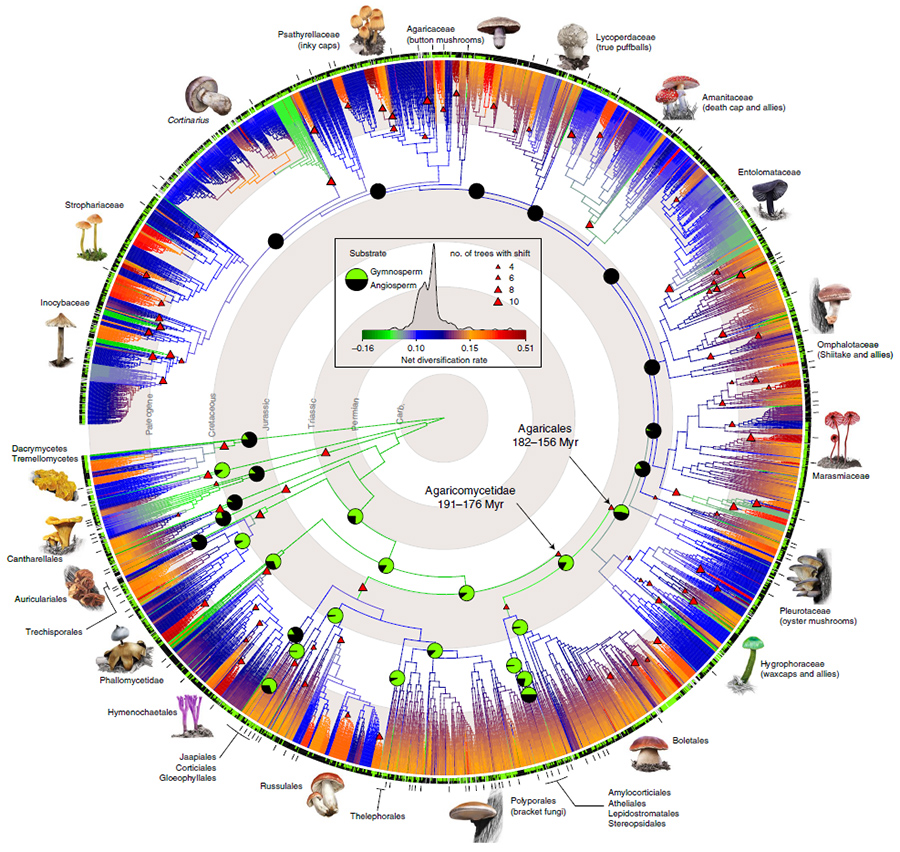
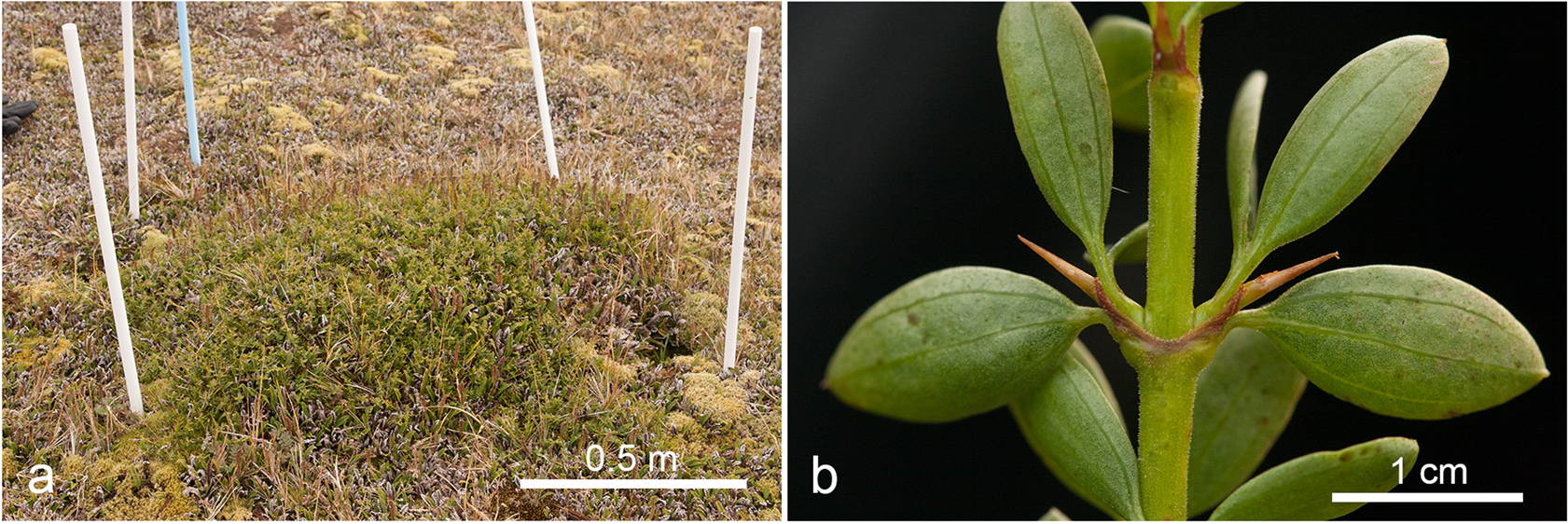
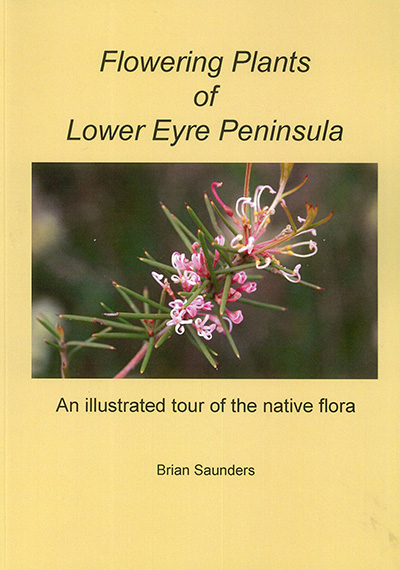

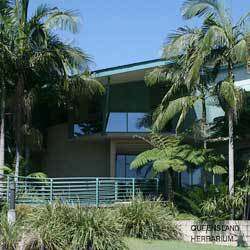
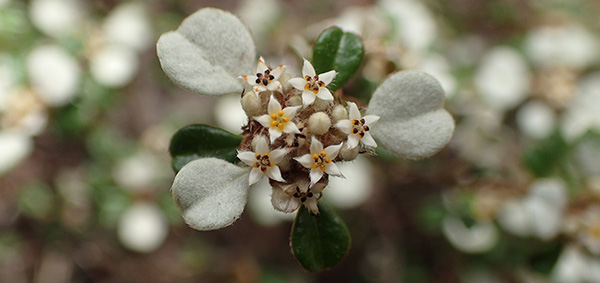
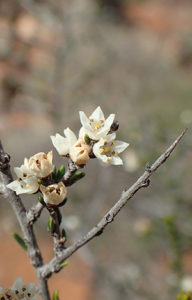
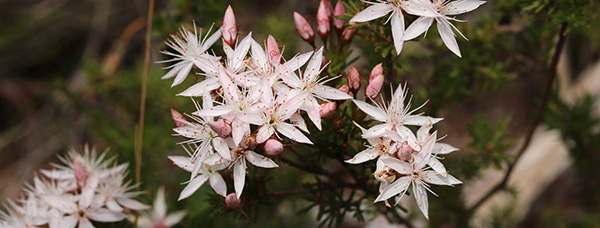

You must be logged in to post a comment.